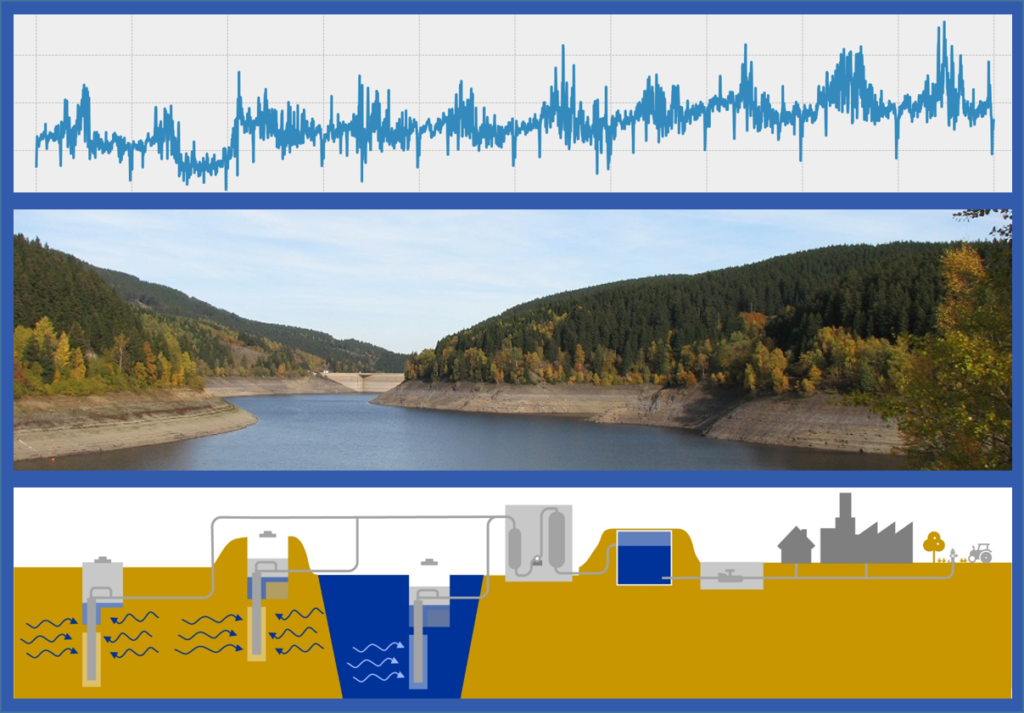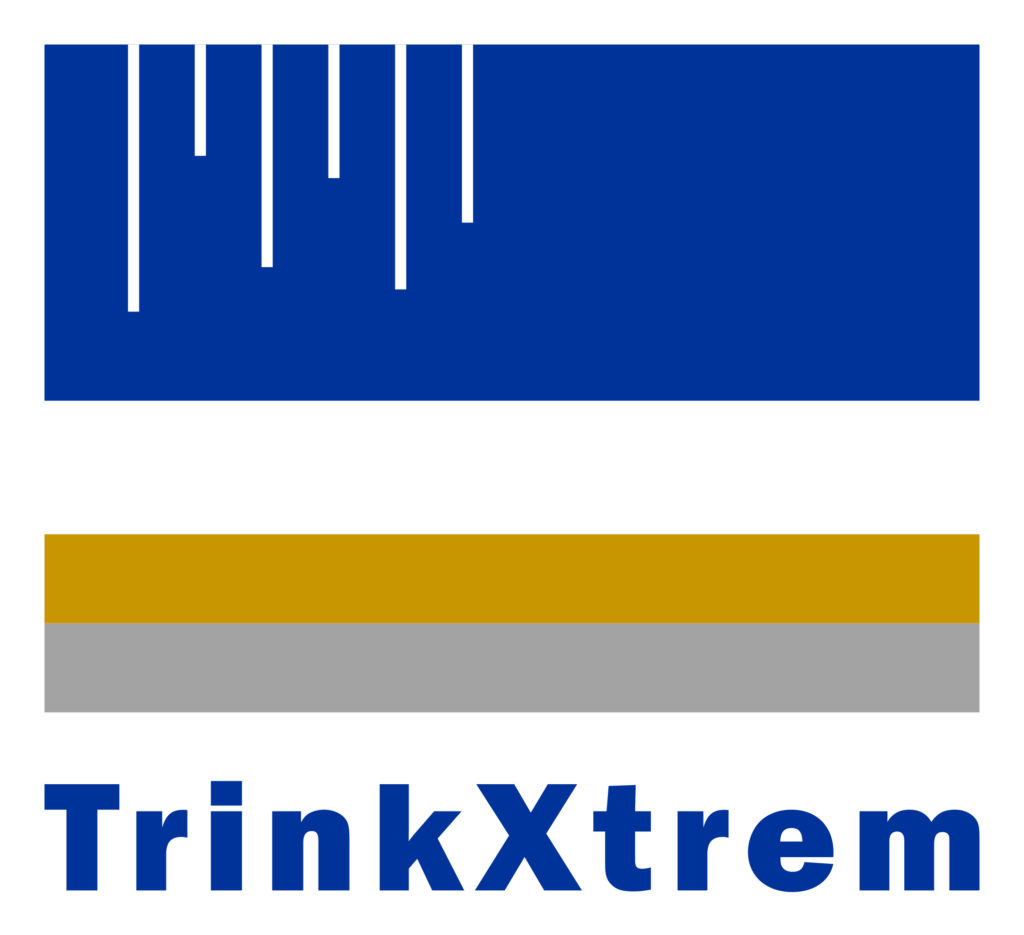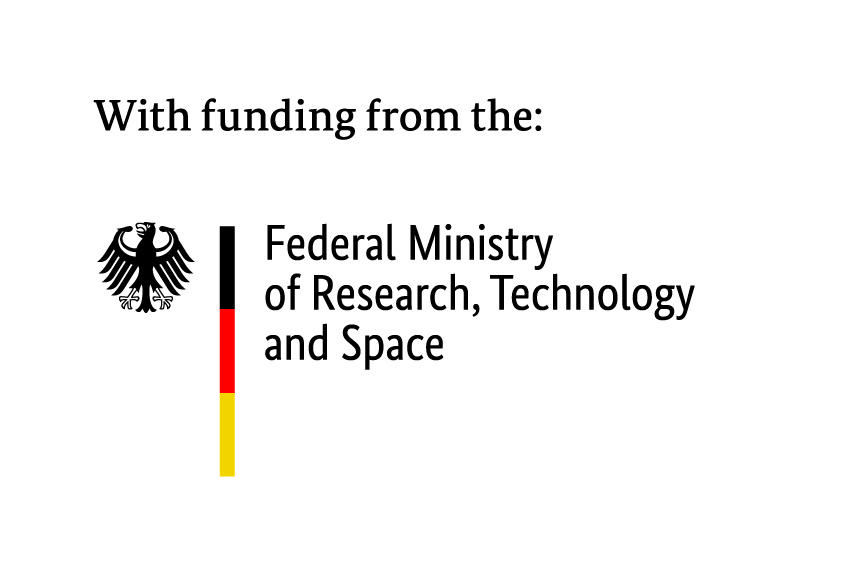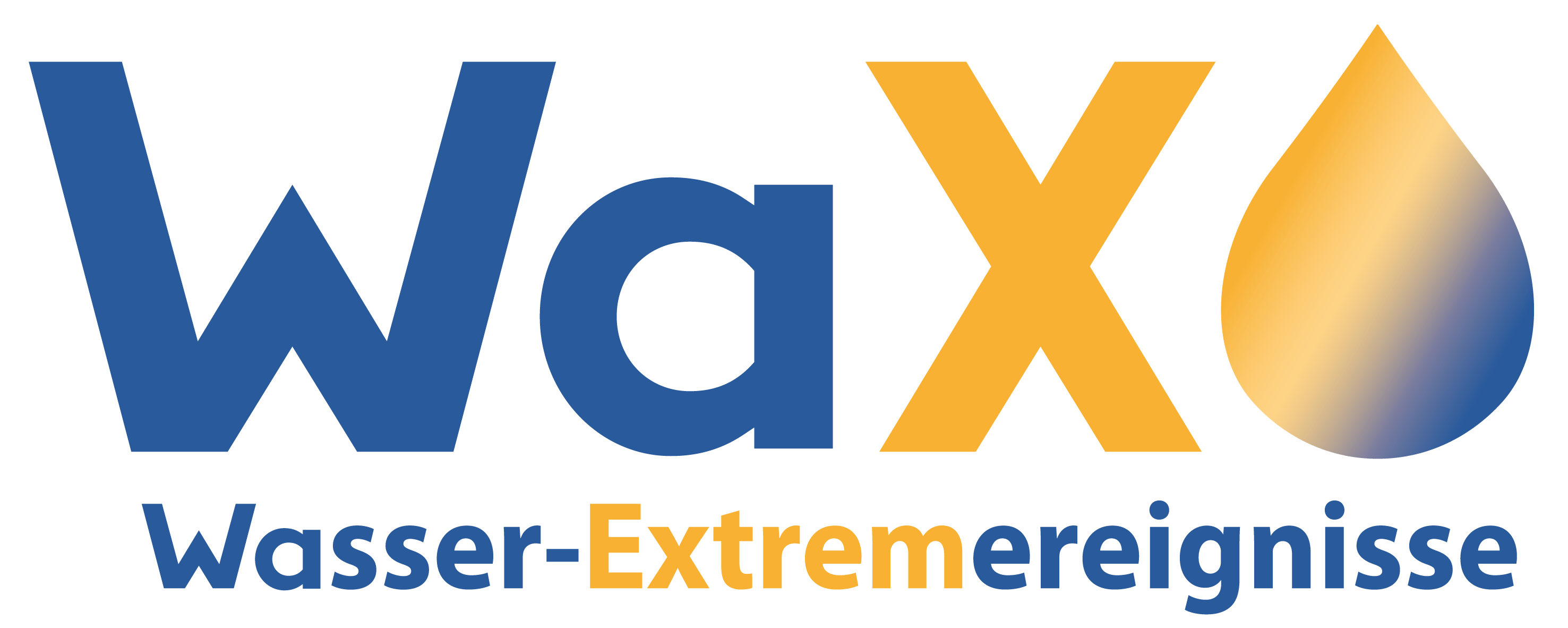TrinkXtrem – Strategies for adapting the public drinking water supply to extreme events

Brief describtion
Extreme hydrological events raise increasing challenges to the public drinking water supply. The well-documented periods of drought in recent years are current examples of significant quantitative and qualitative impairments of the raw water used by the waterworks to supply the population with drinking water. Water suppliers and research institutions are cooperating in the research project TrinkXtrem to adapt the management of the drinking water supply in Germany to extreme climatic events. This allows anticipatory reactions to special hydrological situations. The research work focuses on four topics. The first topic, water resources, focuses on quantitative and qualitative effects of extreme events on the raw water resources of the waterworks. The second topic operation issues relating to the operation of the raw water collection, treatment and distribution systems are themed. The third topic, water requirements, deals with monitoring water requirements and forecasting them. The fourth topic develops new concepts for price management, risk management and provision. The project consortium consists of ten partners and five associated partners. The water supply companies involved in the project supply almost 10 percent of the German population with drinking water.
Objectives
The aim of the research project is to develop methods, precautionary concepts and transferable practical tools to manage extreme events in water supply and water management. Relevant sub-areas of water supply chain such as raw water extraction, treatment, distribution and water use are addressed as well as the different types of raw water such as groundwater, spring water and surface water. An exemplary implementation will take place in representative model regions of the German regional and long-distance water supply. This allows other regional and long-distance water suppliers to adapt their site specific requirements in a practical manner. Ultimately, the project should also provide impulses for standardisation of processes for the water utilities, e.g. in risk management and for cooperation between water suppliers and authorities during extreme situations.
Working packages (WP)
The work package consists of three sub-work packages examining the following topics: (1) Scenarios for the quantitative effects of extreme events, (2) Effects of three consecutive years of extreme drought on the raw water availability, (3) Improving the predictivity of models.
The work package consists of five sub-work packages that examine the following topics: (1) Compilation of the basis of historical analysis data, (2) Data mining on indicator parameters, (3) Data mining on humic substances, (4) Biotest battery for evaluating toxicological effects, (5) Stress tests to monitor effectiveness of water treatment.
The work package consists of six sub-work packages that examine the following topics: (1) Development of predictive tools, (2) Development of target functions for production costs, security of supply and water quality, (3) Incorporation of the results from WP 1 for data assimilation, (4) Development of a management tool prototype, (5) Test of the management tool prototype using a full-scale example, (6) Transfer to other water suppliers.
The work package consists of four sub-work packages, which have the following main areas of work: (1) Setup of a database, (2) Scenario definition for extreme situations, (3) System-related weak points, (4) Dynamic control of the network.
The work package consists of four sub-work packages that examine the following topics: (1) Inventory analysis and monitoring (2) Model-based system analysis, (3) Competitive utilisation, (4) Model-based development of management concepts.
The work package consists of four sub-work packages that examine the following topics: (1) Inventory of the waterworks with historical data, (2) Planning and organization of the monitoring program, (3) Monitoring program of pathogens, (4) Modeling of the QMR with deduction of threshold values.
The work package consists of four sub-work packages that examine the following topics: (1) Definition of use cases, (2) Characterization of historical water demand, (3) Definition and deduction of loading cases, (4) Water demand modelling.
The work package consists of six sub-work packages that examine the following topics: (1) Identification of suitable customers and relevant supply/demand situations, (2) Approaches to assessing price elasticity and examining incentive variants, (3) Conception of a dynamic price model component, (4) Use of the load cases developed in AP 7 for model calculations, (5) Creation of a model prototype and execution of simulation calculations, (6) Formulation of the basic business and technical requirements.
The work package consists of four sub-work packages that examine the following topics: (1) Adaptation of the vulnerability assessment, (2) Adaptation of the risk assessment, (3) Climate forecasts for model areas, (4) Transferability of the results.
The work package consists of four sub-work packages that examine the following topics: (1) Identification of the need for adjustment of existing precautionary concepts, (2) Adjustment of the risk analysis, (3) Adjustment of the vulnerability analysis, (4) Adjustment of the recommendations for preventive measures.
The work package consists of three sub-work packages, which include the following actions: (1) Joint evaluation, synthesis and recommendations of all results of the joint research project with focus on transferability, (2) Public relations, (3) Project management.

Coordinator:
Dr. Uwe Müller
DVGW-Technologiezentrum Wasser
Partner Institutions:
- Fraunhofer Institut für integrierte Schaltungen
- Harzwasserwerke GmbH
- Ingenieurgesellschaft Prof. Kobus und Partner GmbH
- IWW Rheinisch-Westfälisches Institut für Wasserforschung gGmbH
- MOcons GmbH & Co. KG
- Technische Universität Clausthal, Institute for Software and Systems Engineering
- Universität Stuttgart, Institut für Wasser- und Umweltsystemmodellierung (IWS)
- Wasserversorgung Rheinhessen-Pfalz GmbH
- Zweckverband Landeswasserversorgung
Project period:
01.02.2022- 31.01.2025


